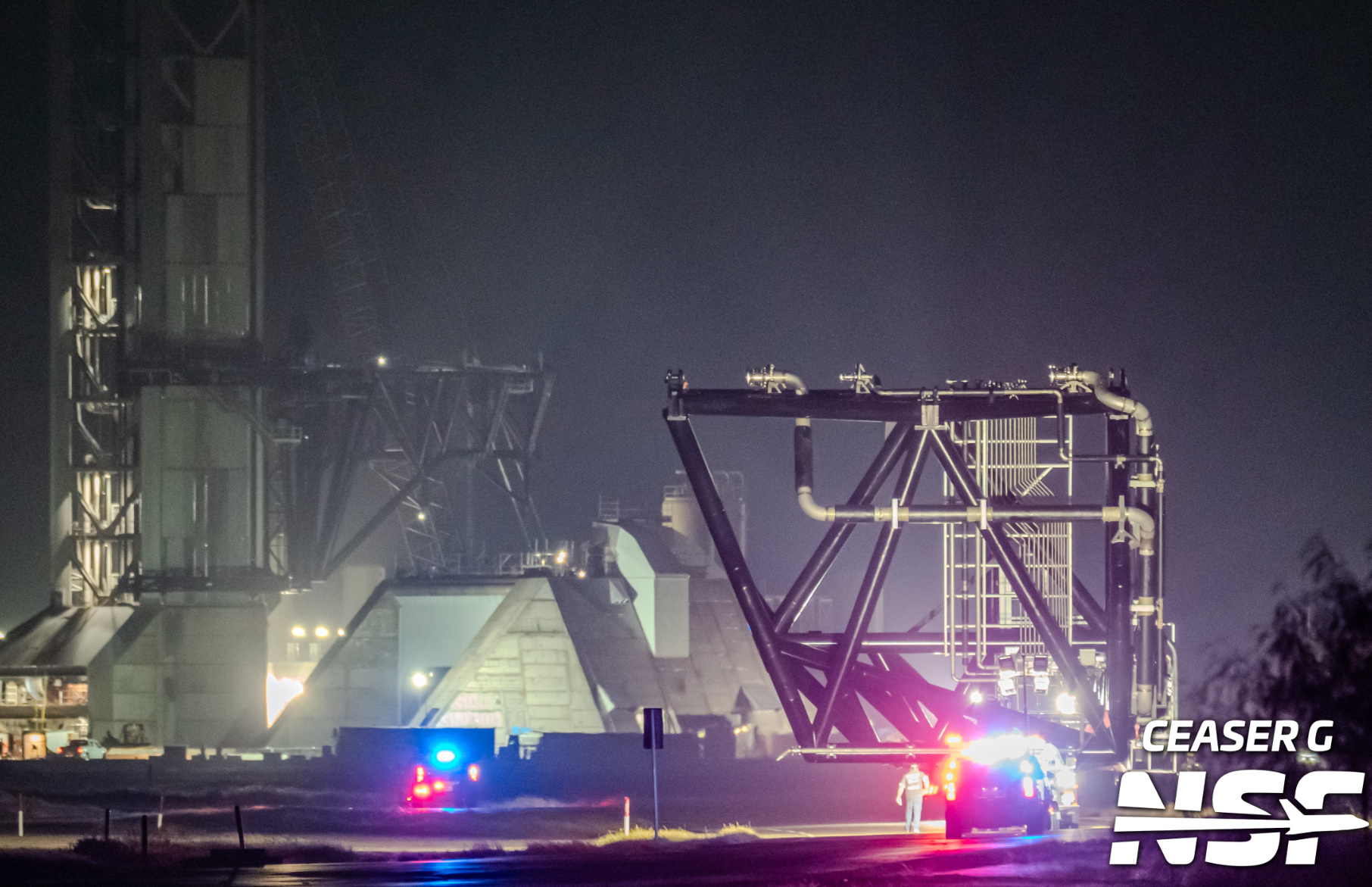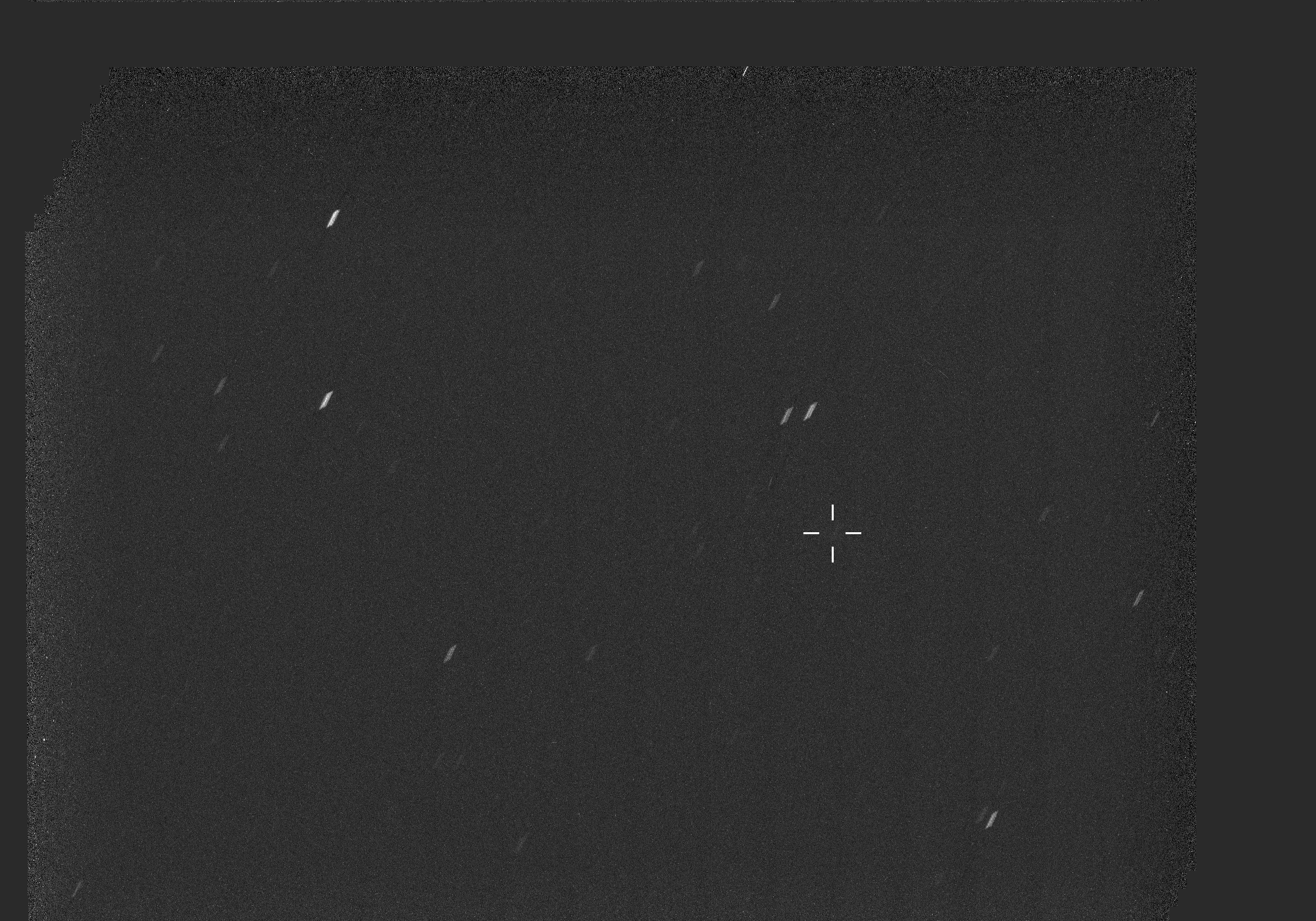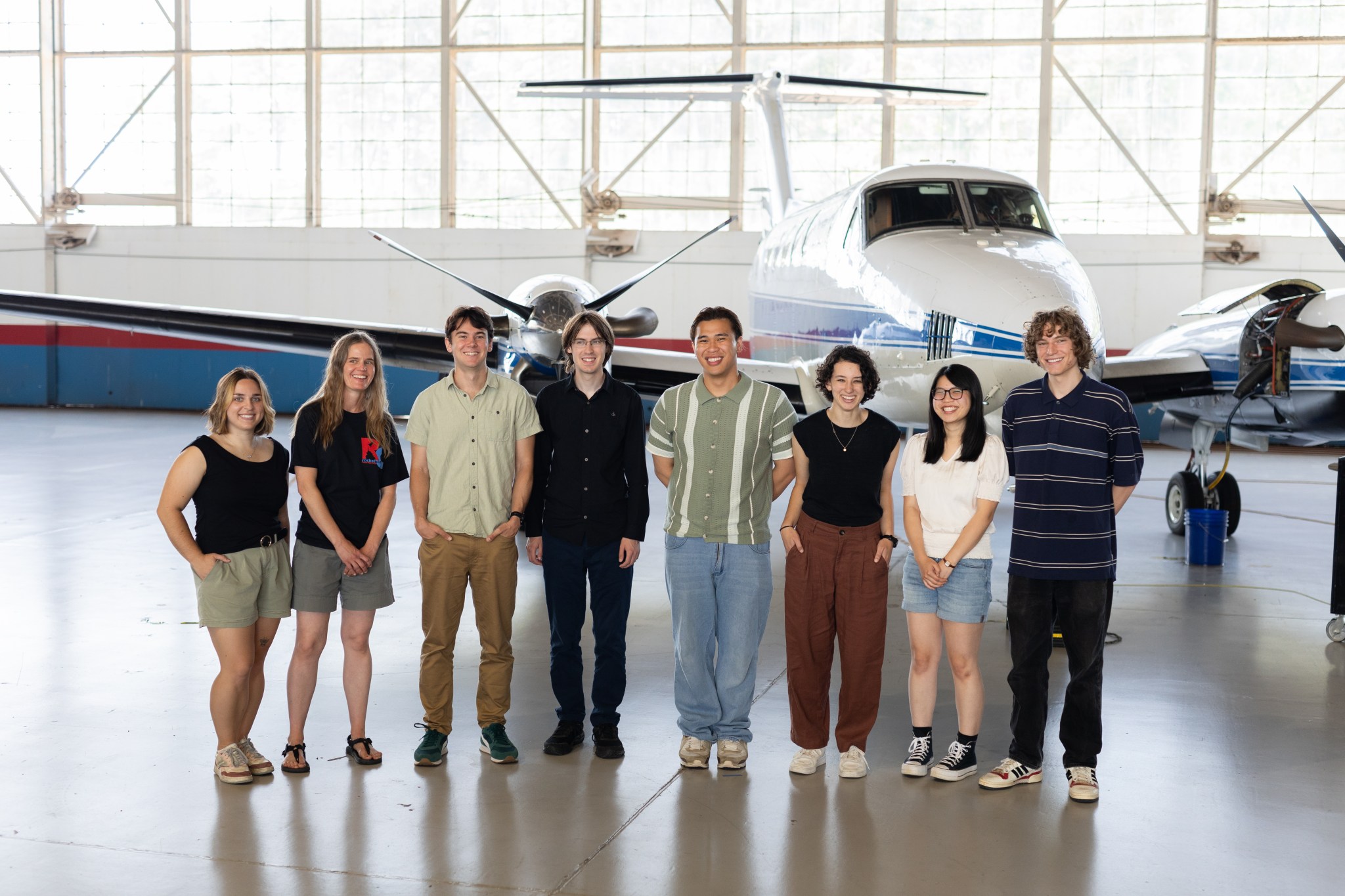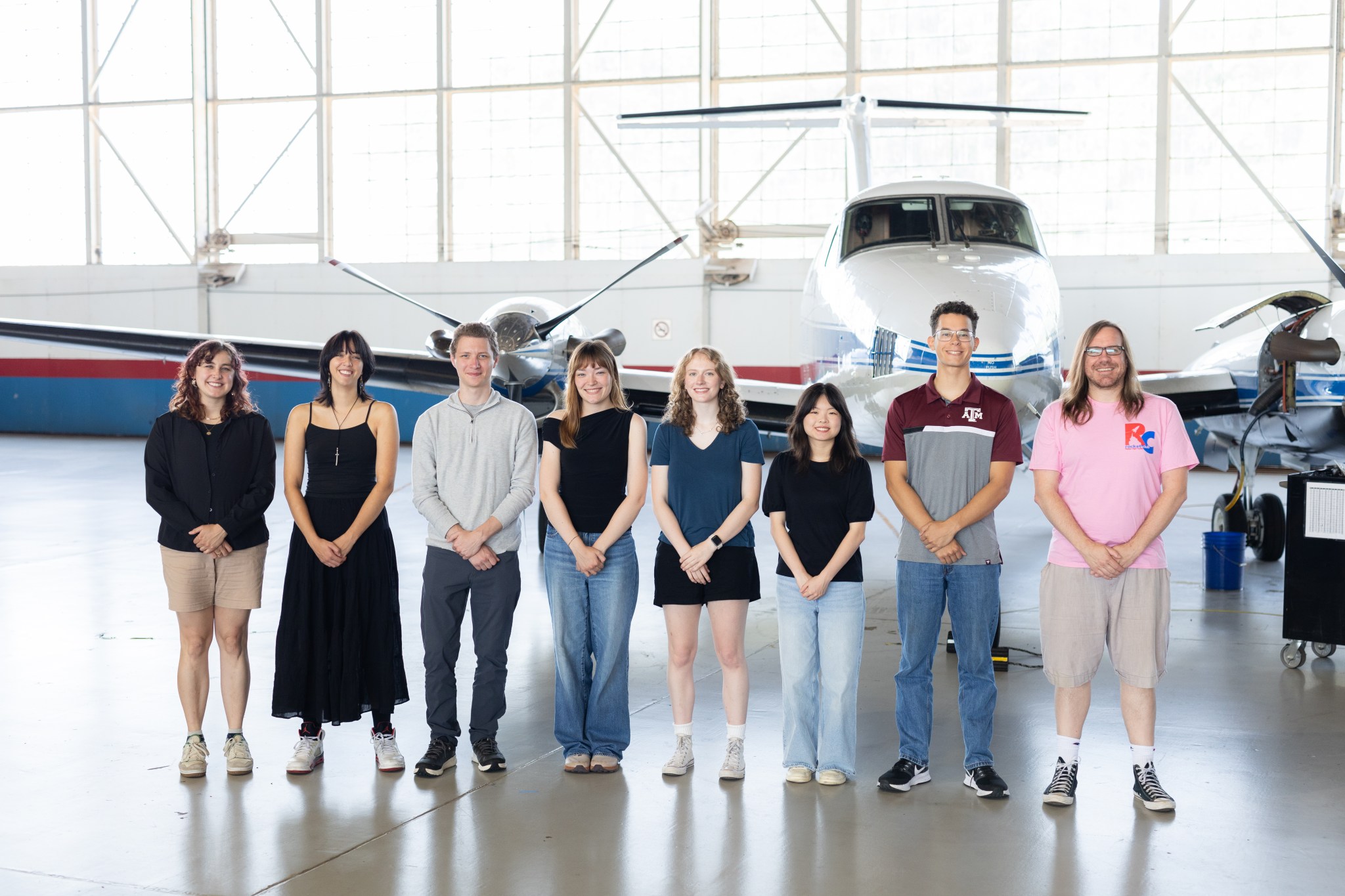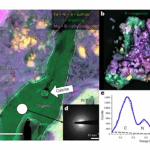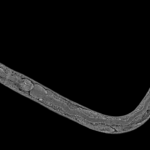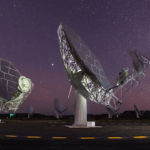As SpaceX accelerates its production and testing of Starship vehicles and engines, significant advancements are being made in the associated launch infrastructure. The company is focusing on enhancing its launch
Archive for November, 202545- Page
The European Space Agency (ESA) is celebrating the remarkable achievements of several European firms at the Space Tech Expo Europe 2025, held in Bremen, Germany. On November 20, ESA awarded
Ever since the famous “interstellar invader” comet 3I/ATLAS was discovered in our solar system earlier this year, scientists have been enamored with its existence and the serendipity that brought it
Jared Isaacman will head back to Capitol Hill early next month. The U.S. Senate’s Committee on Commerce, Science and Transportation will hold a hearing on Dec. 3 to consider the
NASA astronaut Jonny Kim poses for a portrait with the American flag inside the International Space Station’s “window to the world,” the cupola. NASA In 2025, NASA and its international
5 min read Preparations for Next Moonwalk Simulations Underway (and Underwater) After years of design, development, and testing, NASA’s X-59 quiet supersonic research aircraft took to the skies for the
2 min read Preparations for Next Moonwalk Simulations Underway (and Underwater) SARP students peer into the cockpit onboard NASA’s P-3 aircraft, during research flights for the 2025 Student Airborne Research
9 min read Preparations for Next Moonwalk Simulations Underway (and Underwater) The 2025 SARP East Atmospheric Chemistry Group poses in front of the Dynamic Aviation B-200 aircraft, parked in a
10 min read Preparations for Next Moonwalk Simulations Underway (and Underwater) The 2025 SARP East Terrestrial Fluxes Group poses in front of the Dynamic Aviation B-200 aircraft, parked in a
10 min read Preparations for Next Moonwalk Simulations Underway (and Underwater) The 2025 SARP East Oceans Group poses in front of the Dynamic Aviation B-200 aircraft, parked in a hangar
-
 01From Polymerization-Enabled Folding and Assembly to Chemical Evolution: Key Processes for Emergence of Functional Polymers in the Origin of Life
01From Polymerization-Enabled Folding and Assembly to Chemical Evolution: Key Processes for Emergence of Functional Polymers in the Origin of Life -
 02Panasonic Leica Summilux DG 15mm f/1.7 ASPH review
02Panasonic Leica Summilux DG 15mm f/1.7 ASPH review -
 03How New NASA, India Earth Satellite NISAR Will See Earth
03How New NASA, India Earth Satellite NISAR Will See Earth -
 04And Thus Begins A New Year For Life On Earth
04And Thus Begins A New Year For Life On Earth -
 05Astronomy Activation Ambassadors: A New Era
05Astronomy Activation Ambassadors: A New Era -
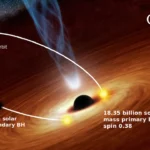 06Two Black Holes Observed Circling Each Other for the First Time
06Two Black Holes Observed Circling Each Other for the First Time -
07SpaceX launch surge helps set new global launch record in 2024


